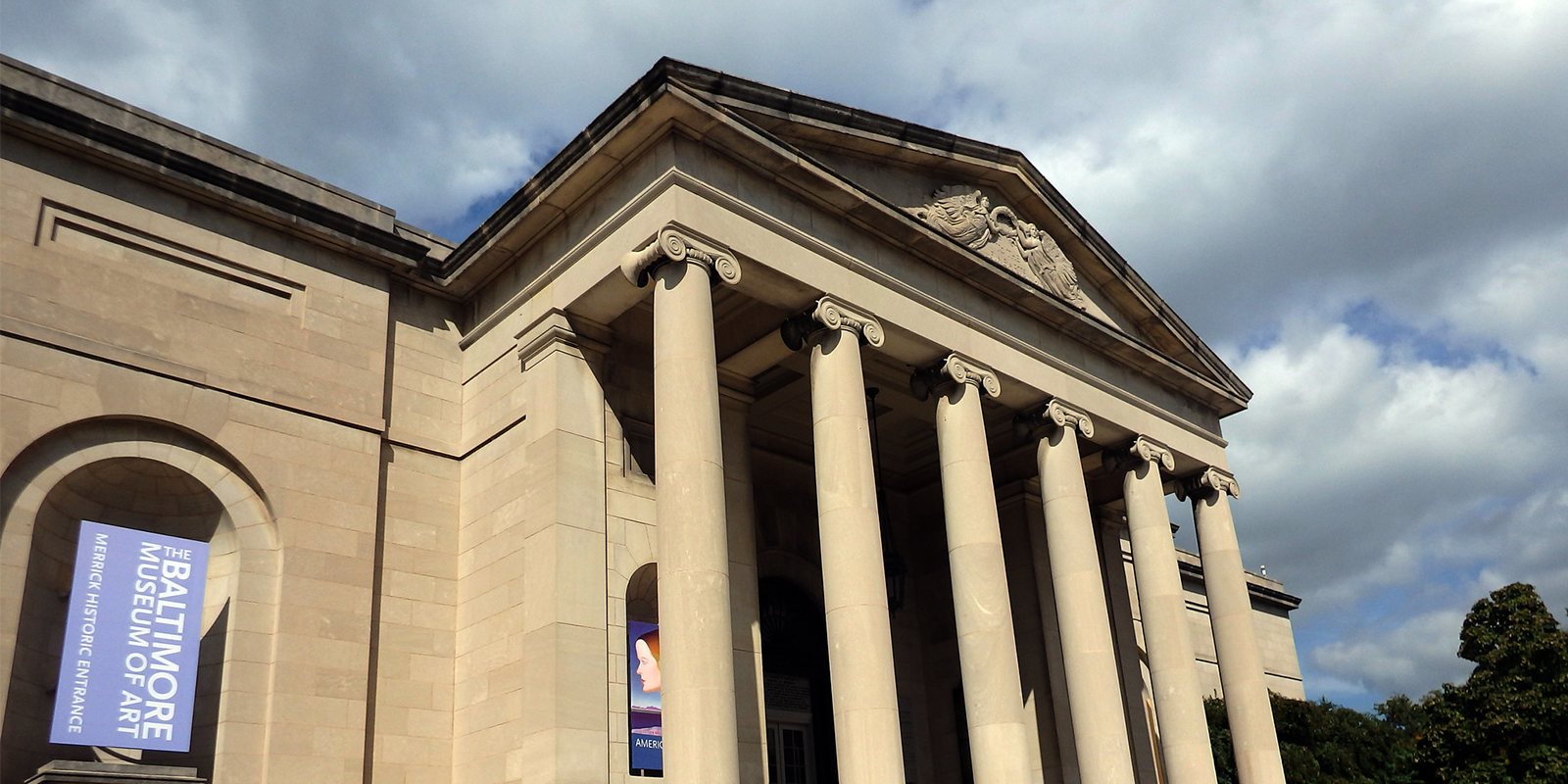BALTIMORE –Workers at the Baltimore Museum of Art (BMA) recently went public with their plan to form a union with AFSCME Council 67.
According to BMA Union’s mission statement, the group is seeking to change the museum’s long-standing culture of privilege by securing a voice on the job for workers and addressing issues such as job security, safety, fair and living wages and the lack of accountability from administration.
Alex Lei, a gallery officer and one of the original organizers of BMA Union, said he was motivated to organize out of a sense of camaraderie and concern for his colleagues.
“When management decided to reopen after closing due to the pandemic, those of us working front of house weren't really part of the conversation and didn't know what to expect,” said Lei. “We were told to come back and at the time it wasn't clear that the safety protocols in place were enough to ensure our protection.”
For Maggie Robbins, who works in the Exhibition Design and Installation Department, a union would provide workers an opportunity to hold BMA management to a contractual obligation that considers their needs and priorities.
“A union values and recognizes the impact and efforts of its workers, making for a more intentional and tangibly safe and supportive workplace,” according to Robbins.
Laura Albans, a curatorial research associate who has worked at the museum for nearly two decades, sees BMA Union as giving the museum a chance to live up to its vision of becoming a more equitable and inclusive institution.
Just days after going public with the campaign, BMA Union has already garnered majority support among workers. Workers notified museum officials of their intent to unionize earlier this week and are calling on management to voluntarily recognize the BMA Union.
Just a few miles down the road from BMA is the Walters Art Museum, where workers are also organizing to form a union called Walters Workers United. Both BMA Union and Walters Workers United are the latest to join a recent wave of organizing by museum workers across the country.
AFSCME represents nearly 10,000 museum employees. AFSCME’s Cultural Workers United campaign represents over 35,000 workers at museums, libraries and zoos who are increasingly joining together to negotiate for better pay, working conditions, and to demand equity and fight for transparency in their workplaces.
AFSCME strongly believes that strong cultural institutions equal strong communities, and that the best way to strengthen these valuable institutions is to give their workers a voice on the job.
